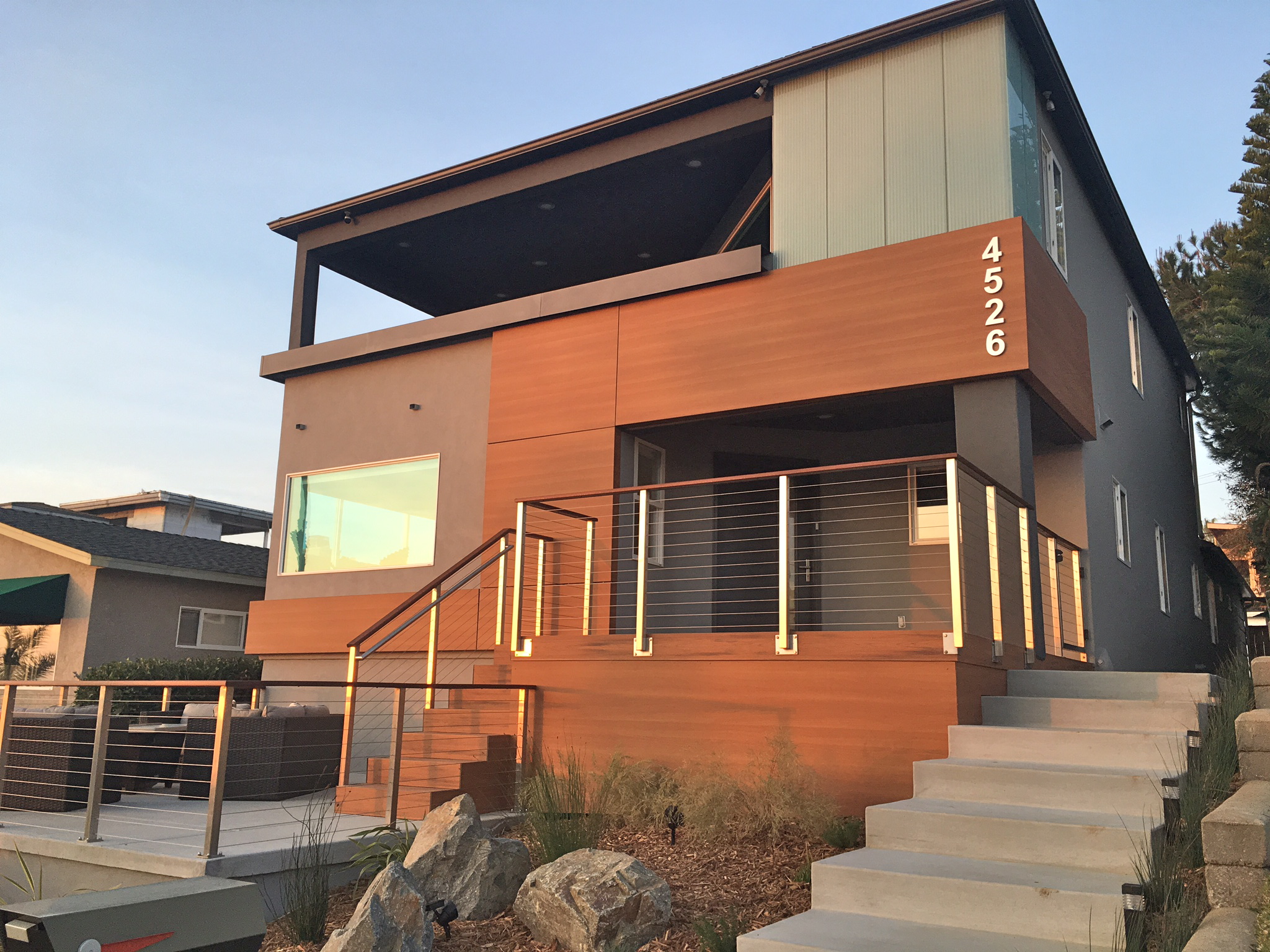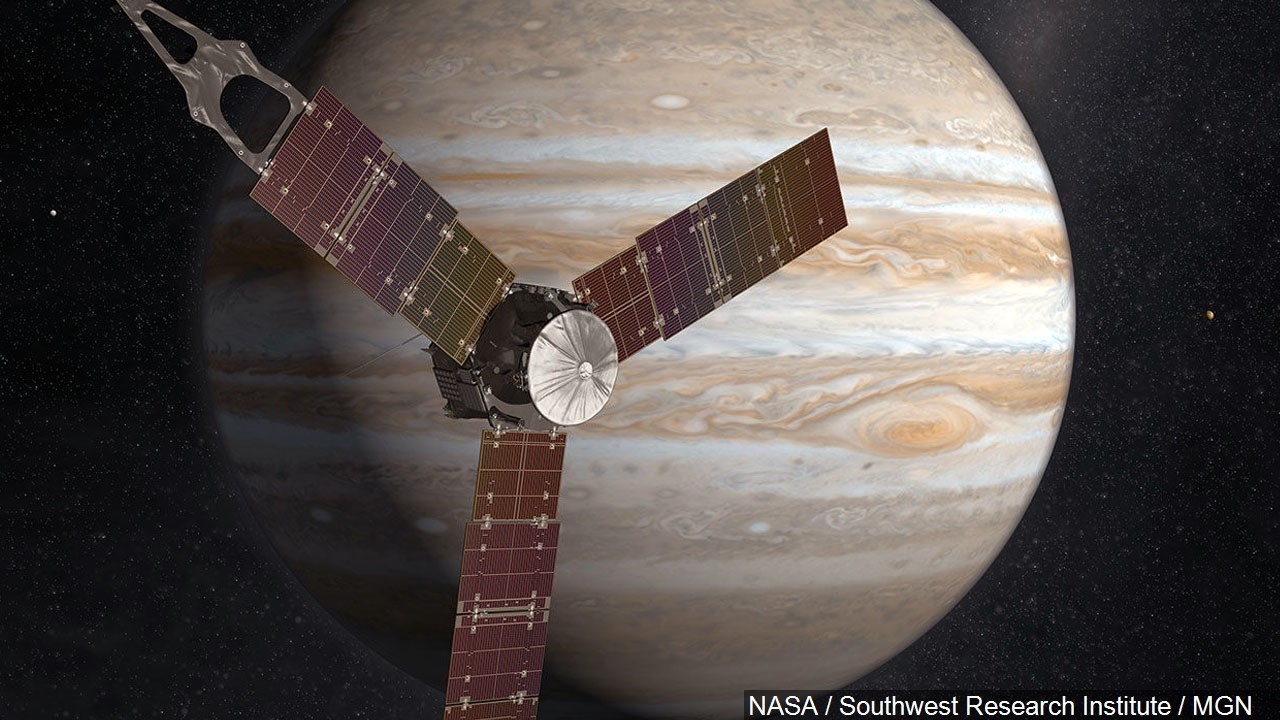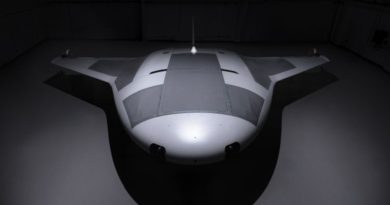Daily Business Report-July 6, 2016
Artist’s rendering of NASA’s Juno spacecraft arriving in orbit around Jupiter. (Courtesy: NASA/Southwest Research Institute)
Juno Spacecraft Orbiting Jupiter
With Camera Made in San Diego
By City News Service
The Juno spacecraft carrying a camera made by a San Diego company was in its first full day orbiting Jupiter Tuesday after completing a 1.7-billion-mile, five-year odyssey.
The NASA spacecraft, launched from Cape Canaveral on Aug. 5, 2011, entered Jupiter’s magnetosphere late last month. Then, on Monday night, the spacecraft, which is about the size of a basketball court, performed a 35- minute burn of its main engine, slowing the craft to about 1,200 mph so it could be captured by Jupiter’s orbit.
“Success! Engine burn complete. #Juno is now orbiting #Jupiter, poised to unlock the planet’s secrets,” NASA tweeted just before 9 p.m. Monday.
The successful burn elicited cheers at the Jet Propulsion Laboratory in Pasadena, where team leaders applauded the Jupiter arrival of the $1.1 billion mission.
President Barack Obama added kudos, posting on Twitter: “Incredible! After a 5-year journey, we’re up close and personal with our solar system’s largest planet. Welcome to Jupiter, @NASAJuno.”
Juno is carrying a camera manufactured by Malin Space Science Systems, which has provided imaging systems for numerous other NASA missions. The San Diego company has three cameras currently focused on Mars and three more on our moon.
The Juno camera will collect images of around 9.3 miles per pixel resolution of Jupiter’s poles and high-resolution views of lower-latitude cloud belts during Juno’s first seven orbits, according to the company. The camera will continue operating after the first seven orbits as long as possible, given the planet’s harsh magnetic and radioactive environment.
San Diego City College astronomy professor Lisa Will told City News Service the mission is exciting since it’s the first dedicated visit to Jupiter since the 1990s.
“(Juno) meets all science objectives without needing a camera, but they put a camera on it just to do public outreach so that we could actually show Jupiter for the first time in a while,” Will said.
Soon after Monday night’s burn was completed, Juno turned toward the sun so its 18,698 solar cells could once again receive energy. NASA officials said all the spacecraft’s systems appear to be operating well.
Juno is now in an elliptical 53-day orbit around Jupiter and not scheduled to make a close pass over the surface for weeks. It will orbit the planet 37 times over the next 20 months.
During that time, the craft will measure how much water is in the planet’s atmosphere; measure the composition, temperature and cloud motions in the atmosphere; map the planet’s magnetic and gravity fields; and explore the planet’s massive magnetosphere. It will also try to determine if the mostly gaseous planet has a solid core.
Will said the measuring the water content in the atmosphere will provide clues to the giant planet’s origin.
“A planet that forms closer to the sun would be expected to have less water content than a planet that formed farther away from the sun,” Will said. “We know Jupiter does have water vapor in its atmosphere. We’d like to be able to nail down the amount a bit more.”
Planets might drift a little from where they started to where they end up, a relatively new concept, she said. Will said some of the Jupiter-like planets found in other solar systems have a closer orbit to their stars.
“We want to know — did Jupiter drift around a little,” Will said.
She said scientists will start receiving the bulk of the initial data in late August because of the nature of the craft’s orbit.
JPL officials said Jupiter’s magnetosphere is the largest structure in the universe, and if it glowed, it would be visible from Earth and be twice as large as the full moon. It has a length about five times the distance between the Earth and sun.
Through the study of the planet, which is mostly hydrogen and helium, scientists hope to gain insight into the formation of the solar system by learning more about the formation of giant planets. At the end of its mission, the Juno spacecraft will plunge into the planet.
The spacecraft is carrying a likeness of one of the founding fathers of modern astronomy, Galileo Galilei, along with images of the Roman supreme god, Jupiter, and his wife, Juno.
It was Galileo who discovered — in 1610 — that Jupiter is orbited by several moons. Those satellites — named Callisto, Io, Europa and Ganymede — are known as the Galilean moons.
__________________________________________________
ViaSat to Provide Hardware, Software
For Joint SATCOM Network Control System
ExecutiveBiz
The U.S. Navy has awarded ViaSat a potential 10-year, $48 million contract to supply hardware and software for the Joint Ultra-High Frequency Military Satellite Communications Network Integrated Control System.
Carlsbad-based ViaSat provides engineering, technical services and ancillary hardware and software technologies to the UHF SATCOM’s channel controllers and user terminals under the contract, the Defense Department said.
The contract contains a five-year base ordering period and an option for an additional five-year term to be negotiated between ViaSat and the Navy before the service branch exercises that extension is exercised.
ViaSat will conduct services in San Diego and DoD expects work under the base period to complete in June 2021 as additional option periods could extend the company’s contract to June 2026.
The Space and Naval Warfare Systems Command will provide funds to ViaSat on the issuances of individual delivery orders.
General Atomics Subsidiary Demonstrating
Record-Breaking Pulsed Power Capacitor
A General Atomics subsidiary has developed and demonstrated new pulsed power capacitors that broke a previous energy content world record by more than 20 percent.
The company said two of General Atomics Electromagnetic Systems’ power capacitor model demonstrated a capacity to fire 500 shots at 0.115 kilowatts per hour in repetitive fire mode and continues to test the model’s capacity to support railgun mission requirements.
“With over (0.115 kilowatt hours) of energy content in a single capacitor, we’re making significant gains in overall energy density to engineer and manufacture pulsed power systems to suit the more compact platform footprints of next generation railgun weapon systems,” said Nick Bucci, GA-EMS vice president of missile defense and space systems.
GA-EMS added the capacitor development will support higher muzzle energies in similar sized pulsed power systems.
Francis deSouza Becomes CEO
of San Diego-Based Illumina
By City News Service

The leadership transition at San Diego-based genomics company Illumina was completed Tuesday when Francis deSouza became the CEO.
DeSouza, who was president since 2013, succeeds Jay Flatley, who built the company into an industry leader over 17 years.
According to Illumina, deSouza grew up in Dubai and was admitted to the Massachusetts Institute of Technology at the age of 16. He earned bachelor’s and master’s degrees in electrical engineering and computer science.
He later founded a pair of companies that were involved in instant messaging. One was sold to Microsoft and the other to Symantec.
Last month, Illumina honored Flatley by naming a new four-story, 127,000- square-foot building after him. Flatley will continue his involvement with the company as executive chairman.

Laurie C. Fisher Architect Finishes
Renovation of Ocean Beach House
San Diego-based architect Laurie C. Fisher has completed the exterior remodel of a 2,480-square-foot, two-story private residence in Ocean Beach. The project also included the addition of a front porch and patio, as well as re-landscape of the 1,000-square-foot front yard.
Laurie C. Fisher, Architect was contracted by the homeowners to update the home exterior to match the contemporary interior remodel they had done several years ago. They also wanted an outdoor entertainment area that would take advantage of the ocean views.
The client desired some type of wood detailing on the exterior, so Fisher proposed the use of Trespa composite panels, which simulate the richness of real wood but require far less maintenance, especially given the home’s proximity to the ocean and exposure to the sun and salty air. The box-shaped house had been devoid of any spatial articulation, and the Trespa panels added dimension and depth to the facade by creating box shapes with solid panels.
Glass, light and color were used to transform the existing upper patio, windows and post at the entry into individual elements to create a dynamic new facade. Nowadays, the upper patio serves as the residents’ favorite spot to entertain friends and neighbors.
Fisher provided design, permit processing and construction administration for the project. JW Warren Construction Inc. based in Jamul served as the general contractor. Greg McAloney was the sales representative for Trespa.
SDCC to Participate in White House
‘Smart Manufacturing’ Initiative
The San Diego Supercomputer Center (SDSC) at the University of California San Diego will participate in a comprehensive national initiative announced by the White House to spur advances in digital process controls to improve the efficiency of U.S. manufacturing.
UC Berkeley, UC Irvine, and UC Los Angeles are also participating in the program, which encompasses about 200 partners from 30 states representing a wide array of interests and expertise across industry and academia, to help accelerate the adoption of manufacturing technologies that also include advanced sensors and data analytics.
At a conference of global business leaders in Washington, D.C., President Obama announced the creation of a new $140 million Clean Energy Smart Manufacturing Innovation Institute (CESMII), to be headquartered at UCLA with a Berkeley-based regional center. The mission of the new institute will examine the pace of technology transfer between academia and industry, according to the White House announcement.
CESMII is part of the Smart Manufacturing Leadership Coalition and operates in partnership with the U.S. Department of Energy. In addition to the UCLA-based institute, President Obama announced that $800 million in federal and private money will go toward building five new manufacturing research centers across the country.



